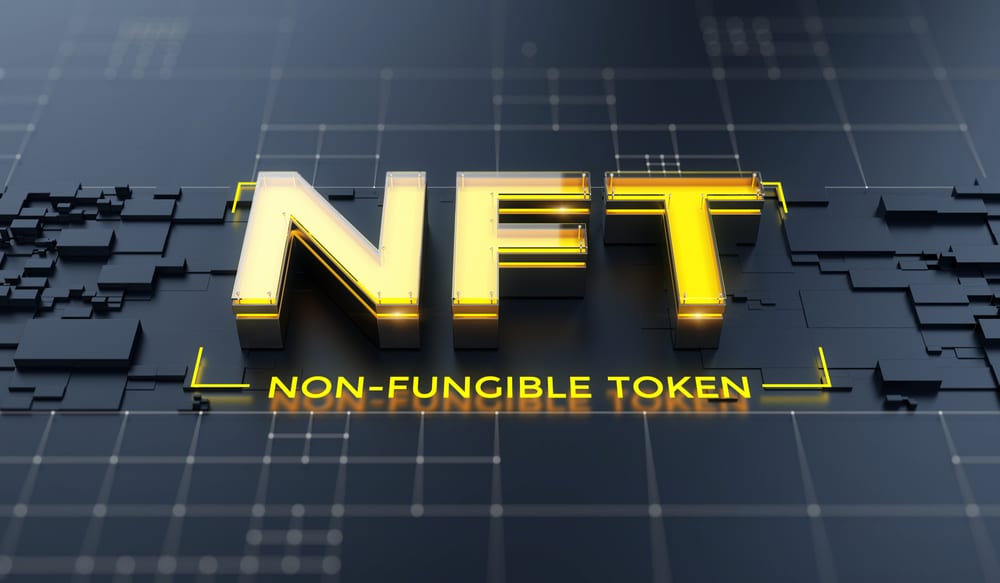What is SocialFi? Web3’s New Blend of Social Media and DeFi

As the web3 sector broadens its reach into social media, it becomes pertinent to understand SocialFi, a novel blend of decentralized finance (DeFi) and social networking.
The fusion of esteemed social media platforms such as Facebook and TikTok with the dynamic domain of decentralized finance has given rise to a new concept known as Social Finance (SocialFi).
SocialFi invites us to consider the intriguing combination of social media and DeFi. This innovative concept is poised to revolutionize the Web3 domain by infusing it with social interaction, thereby steering us toward a future enriched with enhanced connectivity, sharing, and community development. This guide aims to delve into this convergence.
The Essence of SocialFi
SocialFi is predicated on integrating social interaction and financial activity within the cryptocurrency ecosystem. It represents the latest strategy in the crypto world for monetizing online social interactions.
SocialFi adopts a Web3 framework for creating, managing, and owning social media platforms and their content, incorporating elements such as cryptocurrencies and non-fungible tokens (NFTs).
Organized as decentralized autonomous organizations (DAOs), SocialFi platforms strongly defend against centralized control and censorship. Leveraging the progress in blockchain technology, SocialFi’s infrastructure supports the necessary bandwidth for fluid social media interactions.
Challenges in Web2 Social Media
In an environment where over half the population spends more than two hours daily on social media, the data and engagement generated are largely controlled by a few corporations, suggesting that monetization opportunities are somewhat constrained in the Web2 model.
The centralized control exerted by these platforms, especially when content creators are banned, underscores the need for a decentralized moderation system in line with the principles of Web3. Bridging the gap in digital ownership is essential, particularly for artists and creators sharing their content online, to prevent digital piracy.
In Web2, the issue of digital ownership presents a significant challenge, especially for creators and artists. The lack of a robust system for tracking ownership leads to the risk of digital piracy.
For influencers in the Web2 environment, converting their social influence and credibility into direct financial benefits remains a challenge. This disconnect has catalyzed the development of SocialFi, poised to revolutionize the social media landscape by offering users greater control over their data, freedom of expression, and opportunities for monetizing their online presence.
Advantages and Challenges of SocialFi
SocialFi presents many benefits, primarily derived from its foundation in blockchain’s decentralized and transparent structure. This framework negates the necessity for central oversight. Operated through a network of validators, SocialFi ensures that each transaction is secure and immutable. This architecture bolsters transparency, effectively reducing the likelihood of fraud and corruption through a publicly auditable ledger.
One of the significant advantages of SocialFi is the elimination of intermediaries, leading to reduced transaction costs. This direct transaction approach between users circumvents traditional centralized platforms, resulting in lower fees and faster transaction processing, thereby enhancing the efficiency of financial exchanges.
Moreover, SocialFi is pivotal in promoting financial inclusivity, especially for those marginalized by the mainstream financial system. Encouraging participation and offering rewards within its community provides a pathway for wealth accumulation, thereby contributing to more inclusive global economic participation.
Conversely, SocialFi is not without its challenges. Scalability issues are prominent, especially considering the extensive data management required by large platforms like Facebook. Additionally, the long-term viability of token-based rewards, often used to attract users, remains uncertain. These factors and the nascent nature of SocialFi’s incentive schemes raise questions about their broader adoption and sustainability.
In the context of DeFi and similar models like SocialFi, the allure of initial incentives is often short-lived. The real test for these incentive structures lies in their ability to withstand various market conditions and unforeseen challenges, necessitating rigorous testing for their long-term viability.
Overview of Prominent SocialFi Projects
For a practical understanding of SocialFi, examining leading projects in this domain is insightful.
Friend.tech is an innovative decentralized application on the Base platform, enabling creators to convert their content into social tokens. Its unique “Keys” system, reminiscent of stock shares, grants users exclusive access to private interactions and other benefits from creators. Despite its potential to revolutionize creator-community interactions, caution is advised during its early developmental phase. Currently, Friend.tech is among the most discussed SocialFi initiatives.
Stars Arena, another notable project, operates on the Avalanche (AVAX) network. It allows users to monetize their content by integrating their X accounts and engaging in AVAX transactions. Similar to Friend.tech, Stars Arena allows influencers to monetize their audience through exclusive content offerings. Despite its rising popularity, Stars Arena faced a setback in October 2023 with the theft of approximately $3 million in AVAX, an incident that has since been addressed, highlighting the evolving nature of this SocialFi project.
Concluding Thoughts on SocialFi
As the digital landscape evolves, SocialFi stands at the forefront, merging decentralized finance with social networking in a transformative manner.
This shift transcends mere technological advancement; it represents a paradigm shift empowering users with control over their data, authentic content ownership, and direct monetization channels independent of third-party intermediaries.
While facing challenges regarding scalability and the endurance of its economic models, SocialFi offers a vision of a more equitable and transparent digital social ecosystem. It anticipates a future where users can genuinely leverage their social influence, redefining the dynamics of online social engagement.
DISCLAIMER: It's essential to understand that the articles on this site are not meant to serve as, nor should it be construed as, advice in legal, tax, investment, financial, or any other professional context. You should only invest an amount that you are prepared to lose, and it's advisable to consult with an independent financial expert if you're uncertain. To obtain more information, kindly examine the terms of service and the assistance and support resources made available by the issuing or advertising entity. Our website is committed to delivering accurate and unbiased news, yet it's important to note that market conditions may change rapidly. Also, be aware that some (but not all) articles on our site are compensated or sponsored.








